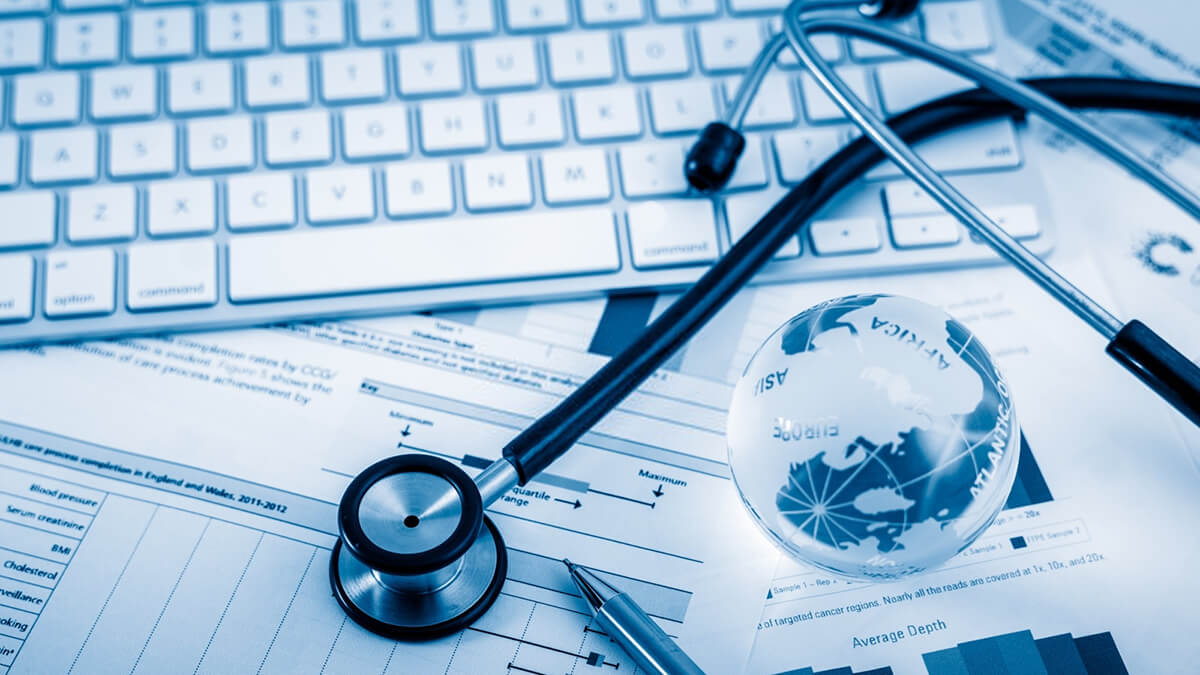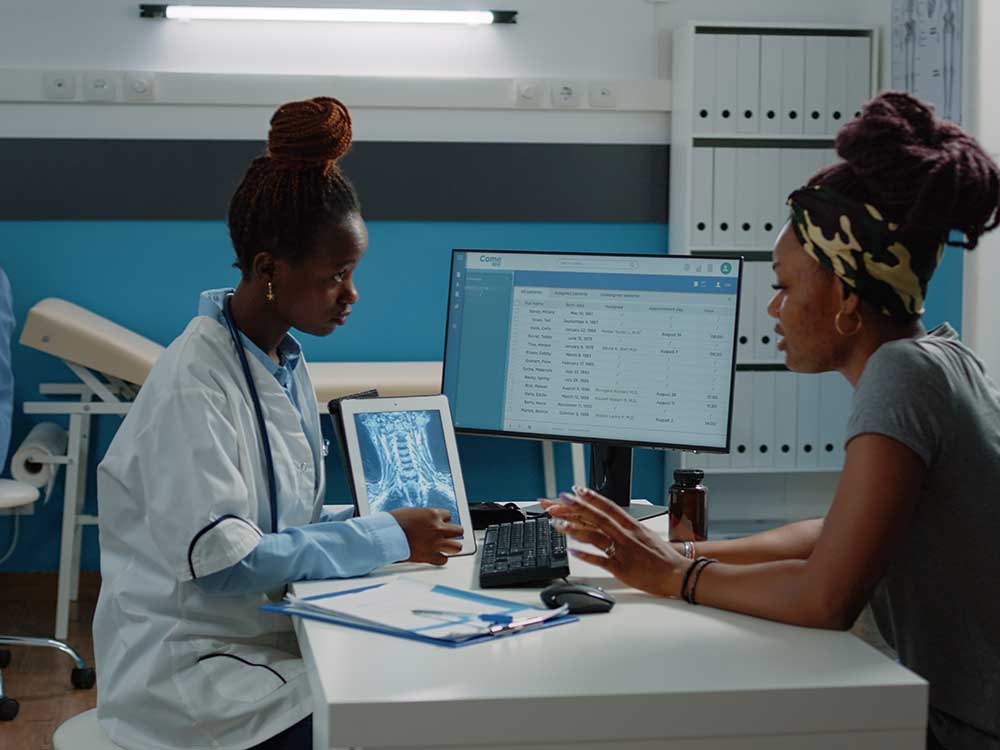Medical Administration Programs: What to Seek in a Top quality Training course
Medical Administration Programs: What to Seek in a Top quality Training course
Blog Article
Best Practices in Medical Administration for Improving Efficiency and Decreasing Costs
In the ever-evolving landscape of medical care, the pursuit of best practices in clinical management is extremely important for boosting performance and suppressing expenditures. By integrating advanced innovations such as electronic health and wellness documents and telemedicine, doctor can improve procedures and boost individual treatment. Innovation alone is not a panacea; enhancing source appropriation and cultivating collaborative interaction among care groups are equally essential. As companies make every effort to stabilize high quality and expense, what techniques should be focused on to attain these twin objectives? The solutions to these questions hold the secret to an extra sustainable health care system.
Leveraging Advanced Technology
The combination of electronic options into healthcare systems has actually transformed the means facilities run, streamlining processes and improving individual treatment. By systematizing client info, EHRs get rid of the need for difficult paperwork and facilitate smooth communication amongst medical care companies.
Telemedicine is one more technical advancement that has revolutionized patient interaction. It supplies ease for both people and health care professionals by allowing remote examinations, which can lower the requirement for in-person visits and optimize appointment scheduling. Additionally, telehealth platforms can expand health care access to country or underserved areas, linking spaces in care distribution.
In addition, the usage of Artificial Intelligence (AI) and artificial intelligence is becoming progressively prevalent in predictive analytics, enabling early detection of possible wellness concerns and even more enlightened decision-making. These modern technologies, when integrated successfully, can improve analysis precision and individualize patient therapy plans, ultimately bring about boosted health care end results and functional efficiency.
Optimizing Source Allocation
By tactically taking care of resources such as workers, devices, and finances, healthcare centers can significantly enhance their operational efficiency, improve client outcomes, and lower unneeded expenses. The very first action in enhancing source allotment entails conducting an extensive analysis of present assets and determining locations where resources may be underutilized or overextended.
Prioritizing resource allotment based upon client demands and service needs is necessary. This entails aligning resources with high-demand locations, such as emergency situation care or specialized therapies, to ensure timely and reliable individual treatment. Implementing versatile staffing versions can also maximize labor resources by readjusting workers allowance in reaction to changing individual volumes. Furthermore, accepting telemedicine and other technological solutions can reduce physical resource constraints by supplying different avenues for patient-provider interactions.
Financial resources should be diligently kept an eye on and alloted with strategic foresight to sustain both short-term functional needs and long-term institutional goals. This includes investing in training programs that enhance personnel expertises and embracing energy-efficient practices that decrease operational costs (medical administration). Inevitably, an optimized source allocation technique promotes a lasting medical care setting that is responsive, reliable, and monetarily sensible
Streamlining Workflow Procedures
When medical care centers goal to improve functional performance, enhancing workflow procedures ends up being a crucial focus. Effective workflows reduce redundancy, eliminate unneeded actions, and improve coordination amongst healthcare experts. This method not only increases service distribution but additionally enhances the quality of person care.

Following, technology integration plays address a significant function in improving process. Applying electronic health records (EHRs) and digital physician order entry (CPOE) systems decreases paperwork, minimizes human mistake, and makes certain information is easily accessible to all appropriate employees. Additionally, leveraging telemedicine systems can simplify patient consultations and follow-ups, lowering the stress on physical infrastructure.

Ultimately, streamlined process result in cost reductions and enhanced patient complete satisfaction, cultivating an extra sustainable healthcare setting.
Enhancing Information Management
Building upon streamlined process, enhancing data monitoring becomes an essential part in advancing health care administration. Effective data monitoring systems are vital for preserving exact individual records, boosting decision-making, and ensuring conformity with regulatory requirements. By implementing robust information monitoring options, healthcare centers can improve the quality of patient treatment while all at once lowering operational prices.
One secret aspect of enhancing information administration is the integration of sophisticated electronic wellness record (EHR) systems. These systems promote the seamless exchange of patient info across various departments, lowering duplication of examinations and reducing mistakes. A well-designed EHR system sustains data analytics, making it possible for doctor to identify patterns and make informed decisions regarding individual treatment.
Furthermore, safeguarding individual information is critical. Taking on comprehensive cybersecurity procedures, consisting of encryption and routine audits, makes certain the stability and confidentiality of sensitive information. This not only secures people but likewise keeps the institution's track record.
Purchasing staff training is one more essential factor. Informing health care specialists on information administration techniques boosts their ability to effectively use innovation, bring about boosted client results. In verdict, enhancing data administration with sophisticated modern technology and thorough training is vital for accomplishing effectiveness and cost reduction in medical administration.
Fostering Collaborative Communication
An essential part beforehand clinical management is promoting collaborative communication among healthcare professionals. Effective interaction is extremely important for ensuring seamless person treatment, optimizing treatment end results, and decreasing mistakes. By motivating open dialogue and coordination throughout multidisciplinary groups, medical care organizations can improve their operational efficiency and decrease unnecessary prices.
Central to this technique is the combination of communication modern technologies such as digital health and wellness records (EHRs) and secure messaging systems, which assist in the rapid exchange of essential patient details. These tools enable doctor to gain access to and share data in actual time, making sure that all team participants are notified and aligned in their decision-making procedures. Normal team conferences and interdisciplinary rounds can further advertise a culture of cooperation and responsibility.
Training programs focused on boosting communication abilities are also crucial. These programs can assist staff establish the capacity to communicate details clearly and listen proactively, thus minimizing misconceptions and fostering an encouraging workplace. Additionally, adopting standardized why not check here interaction protocols, such as SBAR (Circumstance, History, Evaluation, Suggestion), can streamline the exchange of information, making certain that view crucial details are shared succinctly and effectively. Eventually, promoting collaborative communication brings about improved healthcare shipment and price savings (medical administration).

Final Thought
Integrating sophisticated modern technology, such as digital wellness documents and telemedicine, along with optimized resource allocation and streamlined workflow processes, is vital for enhancing performance in clinical management. Reliable information administration and cultivating joint interaction amongst health care groups are essential for decreasing redundancies and enhancing care high quality. By prioritizing preventative treatment and engaging in quality improvement initiatives, health care organizations can accomplish substantial expense savings and improved person end results, thus making sure lasting medical care shipment in a progressively complex setting.
Report this page